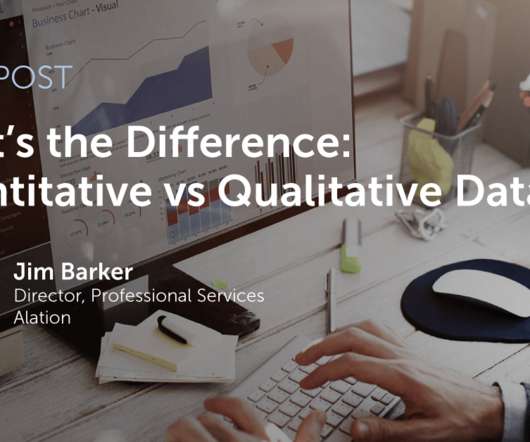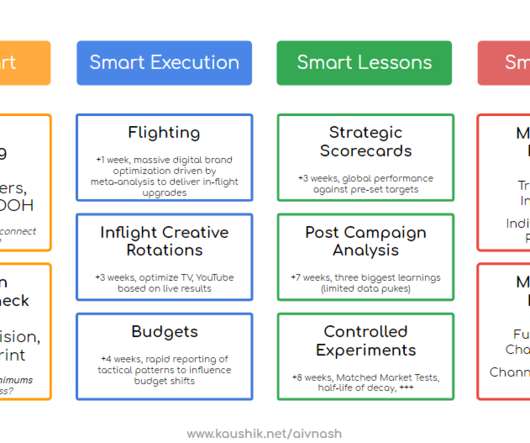Public cloud vs. private cloud vs. hybrid cloud: What’s the difference?
IBM Big Data Hub
FEBRUARY 6, 2024
Today, these three cloud architecture models are not mutually exclusive; instead, they work in concert to create a hybrid multicloud—an IT infrastructure model that uses a mix of computing environments (e.g., on-premises, private cloud, public cloud, edge) with public cloud services from more than one provider.

















Let's personalize your content